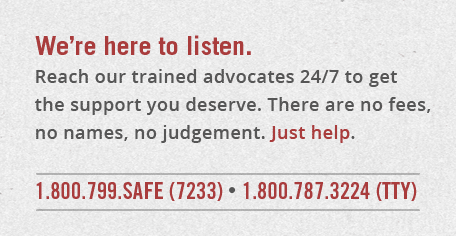• Also see Help and Healing: Abuse
Though prevalent in our culture, verbal abuse often goes unrecognized because it leaves invisible scars. The abusers often come across as nice, even charming, people when they interact with the general public. But behind closed doors, they use cutting words to exert control over those closest to them. And they do it by sending a two-sided message: “I love you?but I don’t.” The twisted expression of their “love” creates confusion and a sense of helplessness in their victims.

This form of abuse includes humiliating, threatening, insulting, or intimidating one’s partner. It also is characterized by withdrawal of approval or affection. The abuser may try to control what his partner wears or who she spends time with. He may even isolate her from family and friends. This constant belittling can cut to the core of a person’s being. The Journal of Family Violence reported in 1990 that 72 percent of abuse victims felt that emotional abuse was harder to endure than physical abuse.
What makes verbal abuse particularly threatening is the fact that verbal abuse always precedes physical abuse. The progression to this level of attack may take years — or months.
Verbal abuse isn’t limited to intimate relationships. It can happen at work, at school — any place there is regular contact with certain people. And while abuse of any kind happens to both men and women, the majority of abuse victims are women. In 1997, the U.S. Department of Justice found that more than one-third of women who came to emergency rooms for treatment had injuries resulting from domestic violence.
Physical abuse is the use of physical force against another that results in pain or injury. Who are the victims? Anyone — men, women, children, the elderly. Who are the offenders? Anyone — a spouse, an acquaintance, a son or daughter, a caregiver. Offenders are often unemployed and likely to live with their victims.
Evidence of physical abuse includes sprains, fractures, broken bones, burns, abrasions, bruises, and internal injuries. The injuries are often accompanied by conflicting explanations or no explanations. The injured person may also have a history of similar injuries or multiple hospitalizations.
The hallmarks of an abuser — both verbal and physical — include jealousy, a need to control, efforts to isolate their partner or relative, attempts to rush a romantic relationship and disrespect for privacy and personal boundaries. Drug and alcohol abuse are often present in the situation.
Copyright © 2002 Focus on the Family. Used with permission
[schemaapprating]











